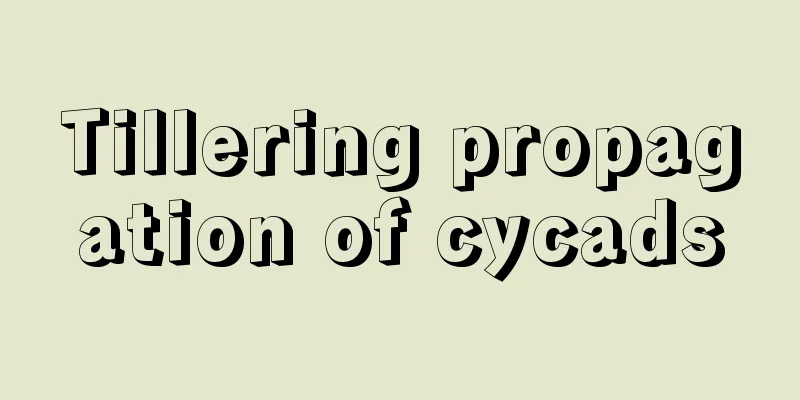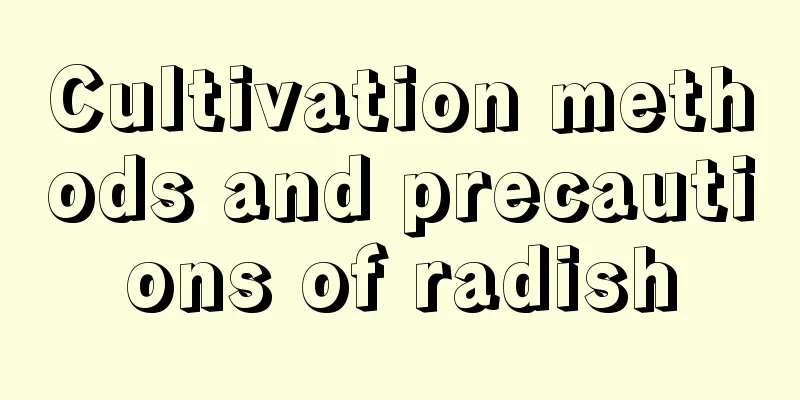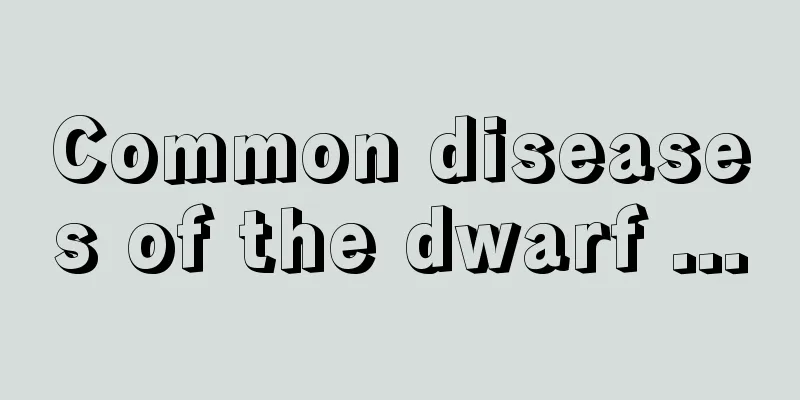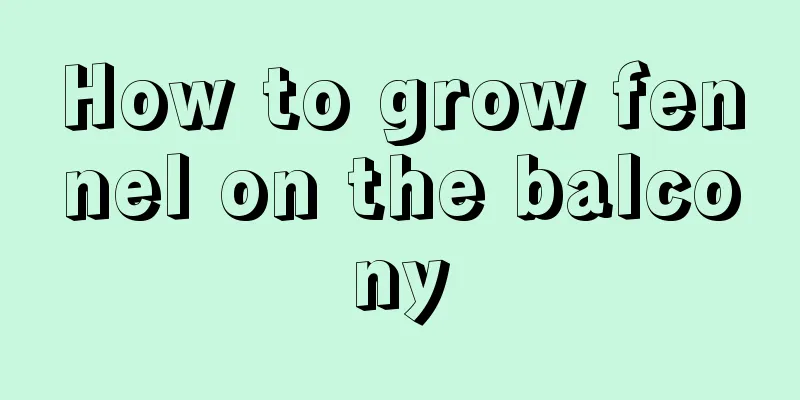Disease and insect pest control of glutinous rice strips
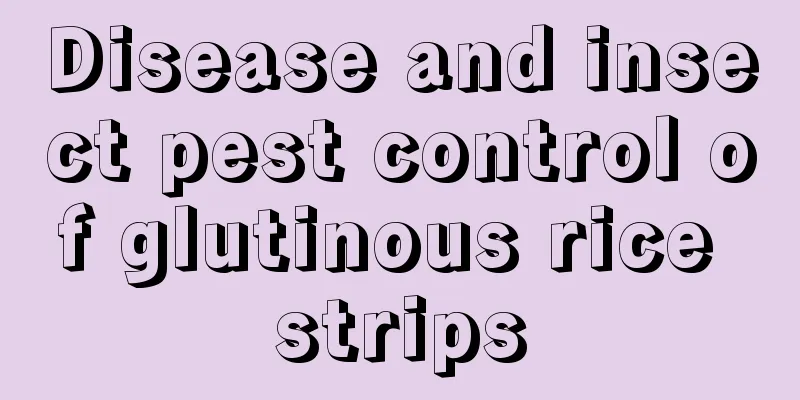
1. Leaf spotThe pathogen of this disease can overwinter on diseased body parts or in the soil. It is spread by wind and rain and usually begins to occur when the temperature is relatively high. Its symptoms are spots or patches of varying sizes, shapes and colors appearing on the leaves of the plant, and sometimes small black dots appear. At this time, we must take preventive measures as soon as possible, clean up the diseased leaves in time, and then burn them together. If the disease occurs in the early stages, you can use some medicine to spray and prevent it. 2. Powdery mildewWhen the disease first starts, some gray-brown spots will appear near the main veins on the back of the young leaves of the seedlings, and then they will begin to spread to the entire back of the leaves, and then a layer of white powder will appear. Then there are symptomatic treatments. At ordinary times, you must pay attention to the cleanliness of the nursery and thin the seedlings appropriately. If diseased plants are found, they must be pulled out and burned immediately. If the symptoms are obvious, you can use some chemical reagents for spraying, spray once every 10 days, and spray 3 to 4 times continuously. 3. AphidsThis pest is very harmful to plants. It specializes in sucking the sap of plants, which not only hinders the growth of glutinous rice strips and transmits some viruses, but also causes deformities in the flowers, leaves and buds that grow. In addition, its reproductive ability is very strong, so it is necessary to prevent and control it in time and not let it cause too much harm to the glutinous rice strips. Generally, we can use chemical reagents such as aphidicide to spray and kill them. 4. Geometrid mothIt is also very harmful to the leaves. If this pest appears on glutinous rice sticks, it will deliberately eat all the leaves within a few days. Therefore, timely response must be carried out, and some special drugs must be used for spraying and prevention. |
<<: Disease and Pest Control of Tea Rose
>>: Pest and disease control of purple echinacea
Recommend
What are the benefits of drinking kumquat soaked in water
1. Benefits 1. Using it to make tea can relieve d...
What is corn? Pictures of corn
1. What is corn? Maize is an annual cultivated pl...
Is it good to grow aphid at home?
1. Is it good to keep it at home? It is very good...
How to prune potted grapes
Pruning time for potted grapes It is generally mo...
Do figs like the sun or the shade? Do they like the sun or the shade?
Do figs prefer shade or sun? Figs taste sweet, ha...
Cultivation methods and precautions for Begonia potted plants (Begonia planting methods and maintenance)
It is very simple to cultivate crabapple flowers....
When is the harvest season for red beans?
Red bean harvest time The red bean crop matures i...
How long does it take for the leaves of the blowing snow pine to sprout?
How long does it take for the leaves of the blowi...
How to fertilize Clivia and what fertilizer to use to make it bloom
1. Fertilization method 1. Base fertilizer: When ...
Is Begonia poisonous?
Is Begonia poisonous? The flowers of Regis Begoni...
8 kinds of plants that are grown hanging up will make even the green radish and the spider plant look weak
MicrosoftInternetExplorer402DocumentNotSpecified7....
Why are the leaves of copper coin grass small?
1. Wrong lighting It needs sufficient light to gr...
How to eat Qingzhou peaches and what are their nutritional values?
1. How to eat 1. Eat raw: The best way to eat pea...
Symptoms and prevention methods of 9 major diseases and pests of succulents
First place: scale insects I often see tiny scale...
Can the frostbitten Tangyin be cured (Can the succulent Tangyin recover from frostbitten Tangyin)
Reasons why the leaves of Tangyin droop and becom...
